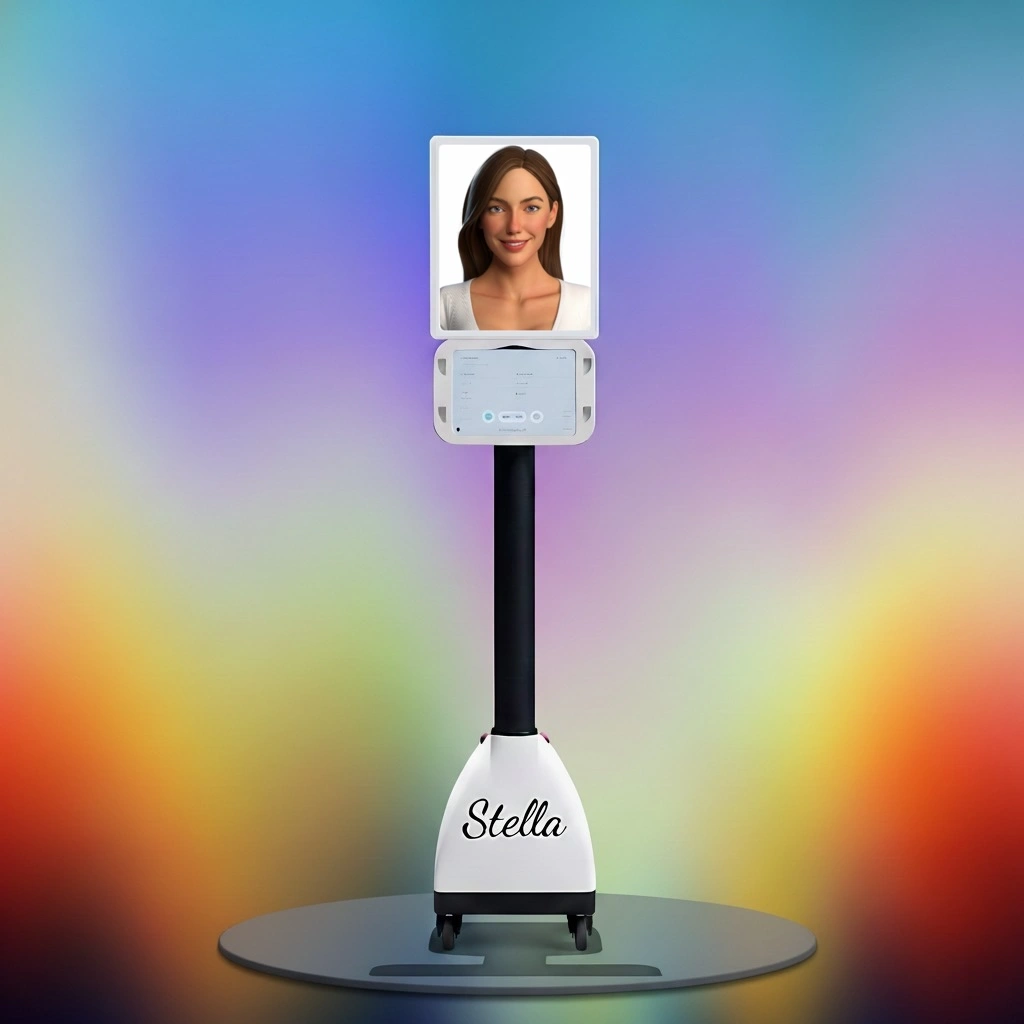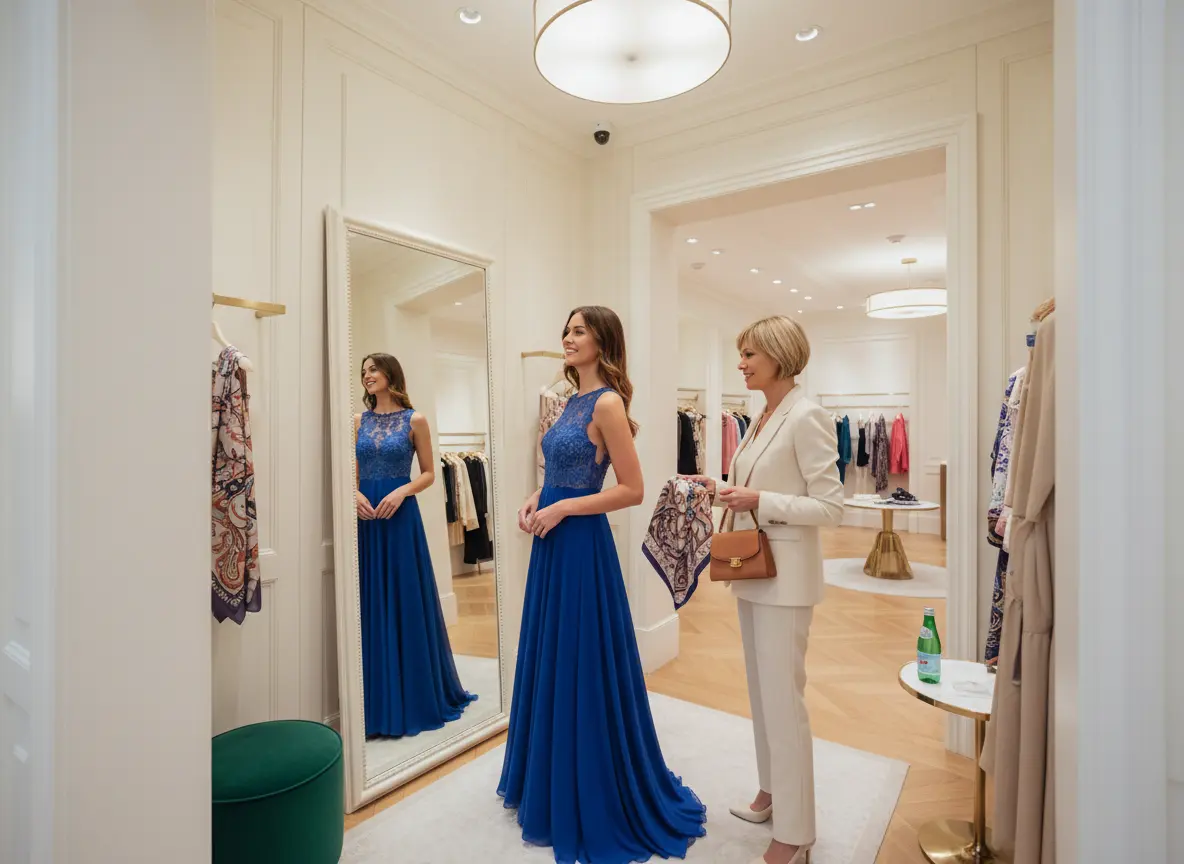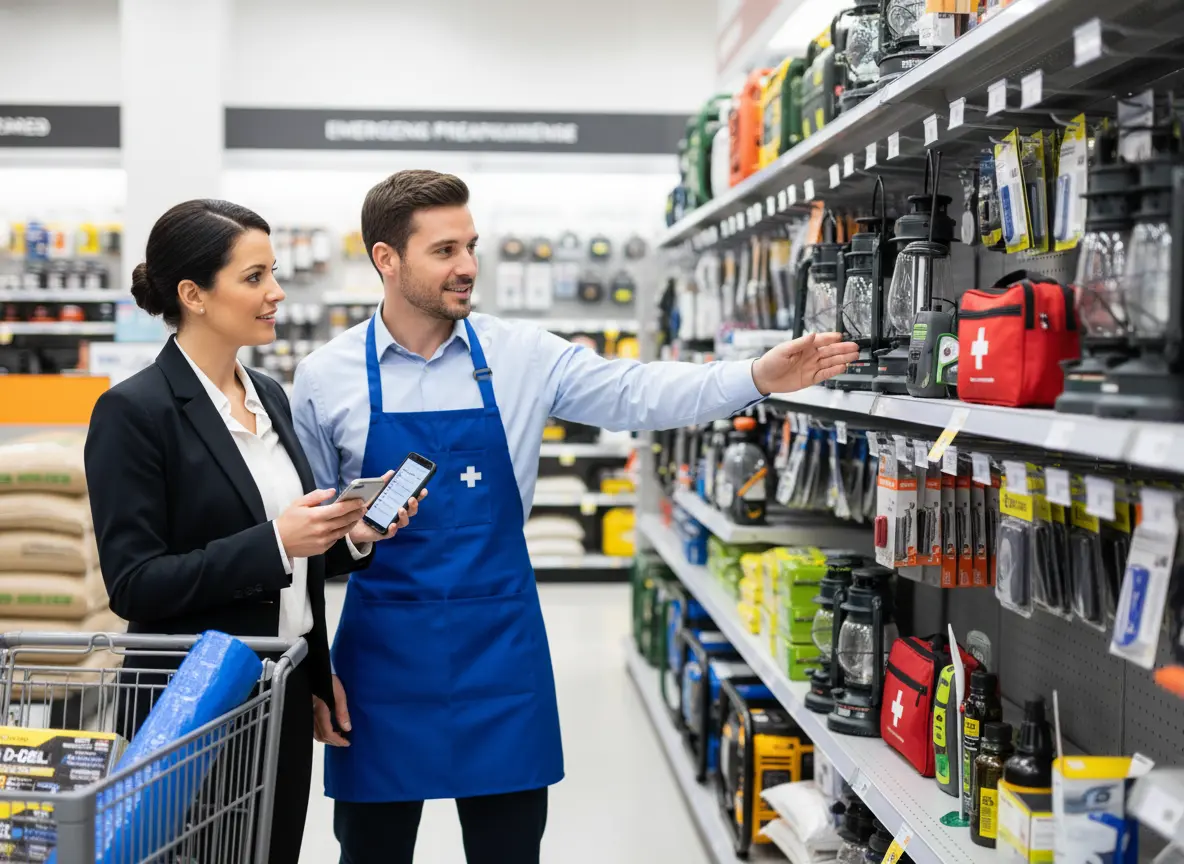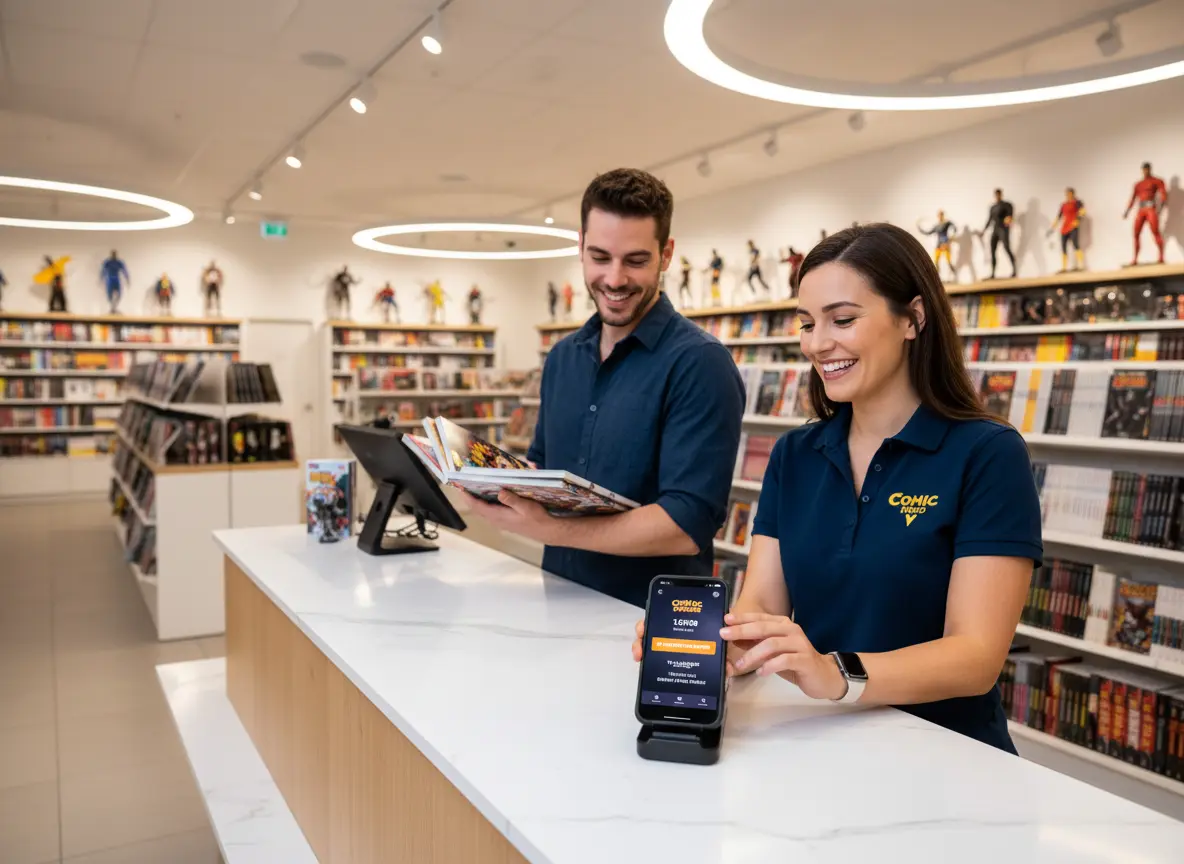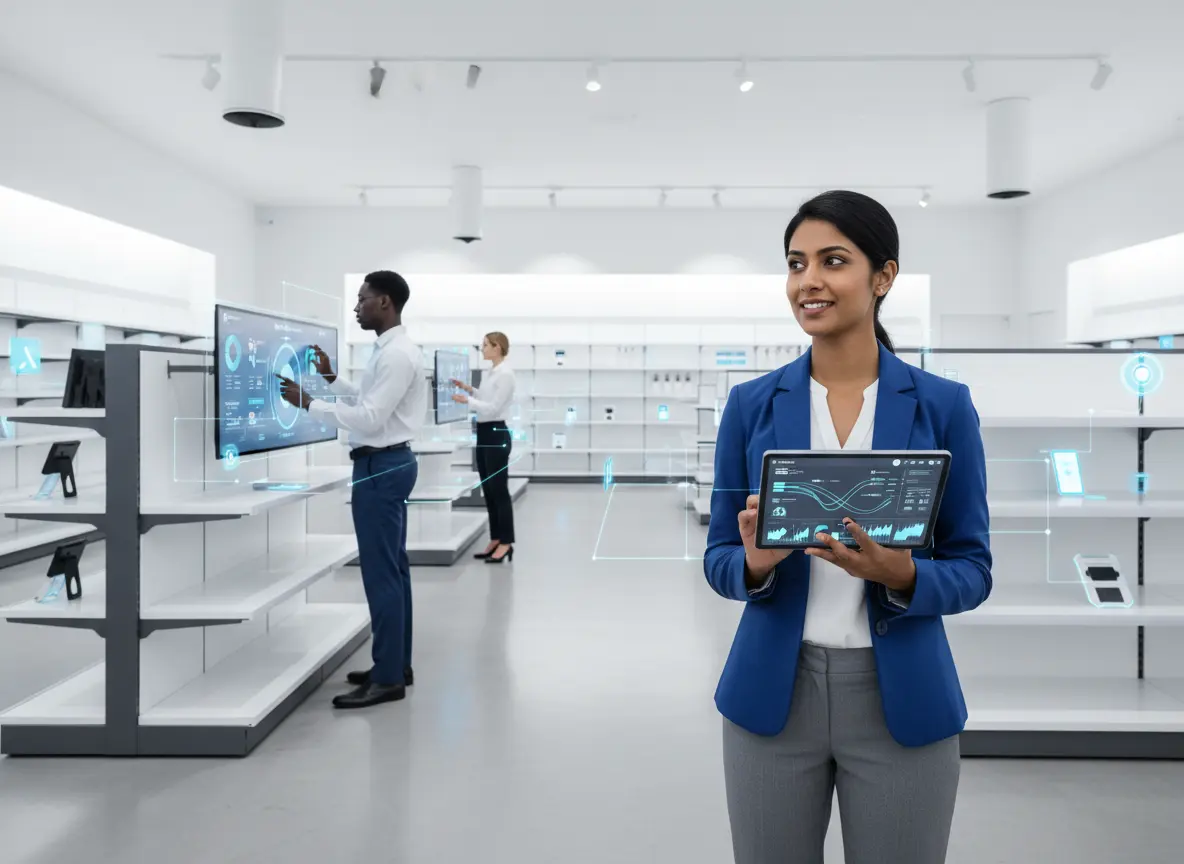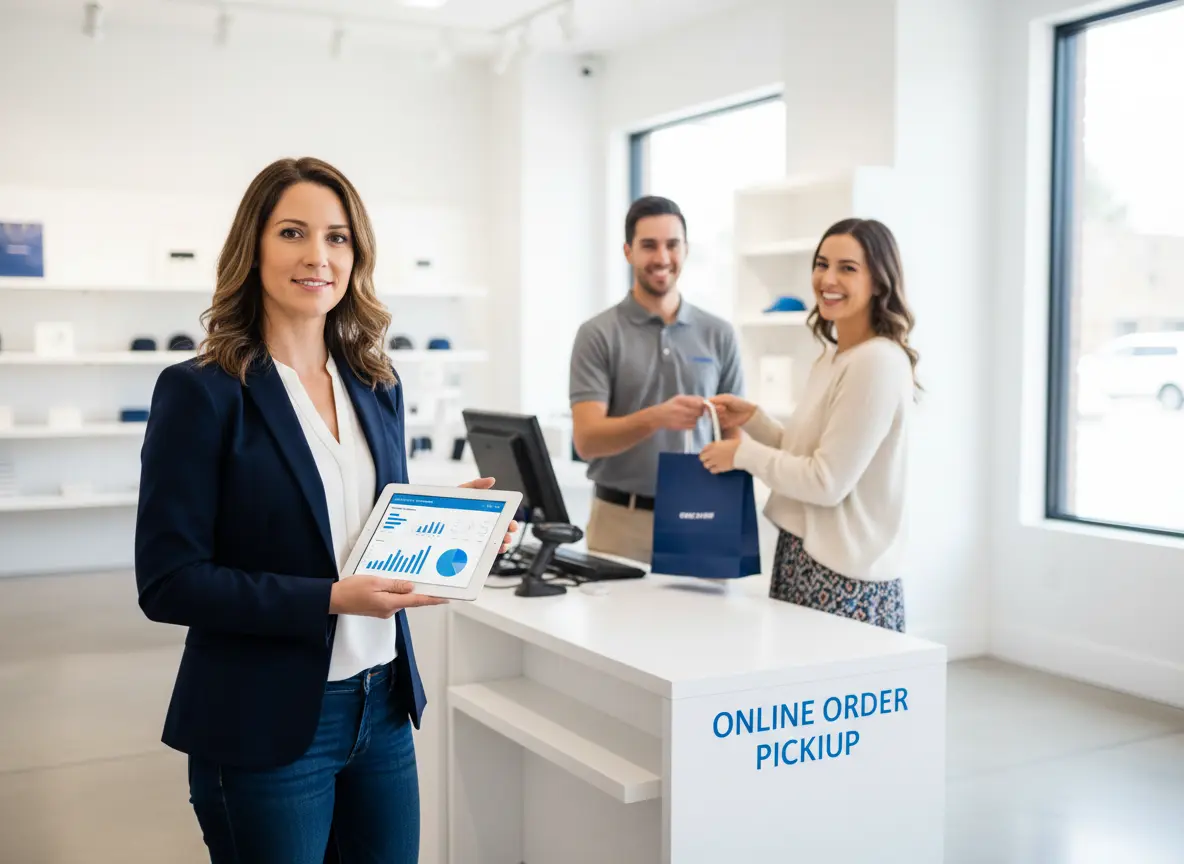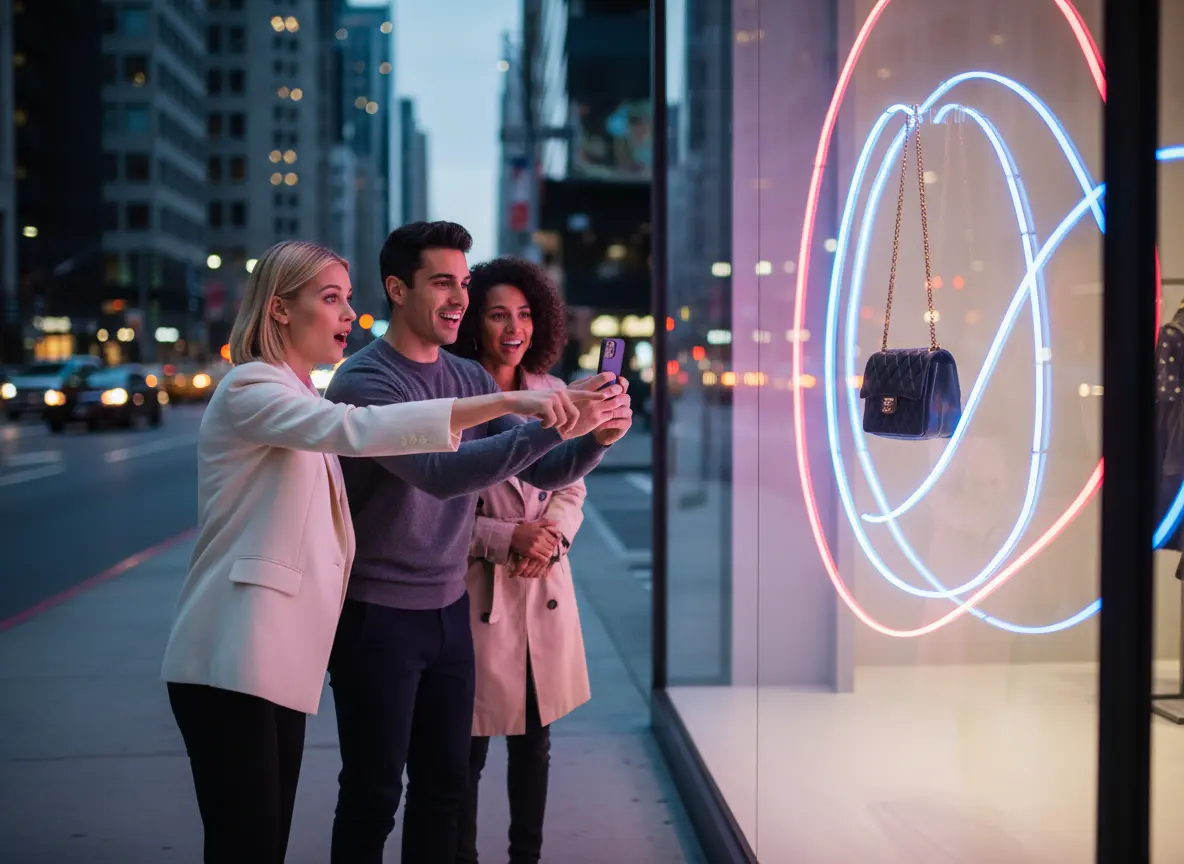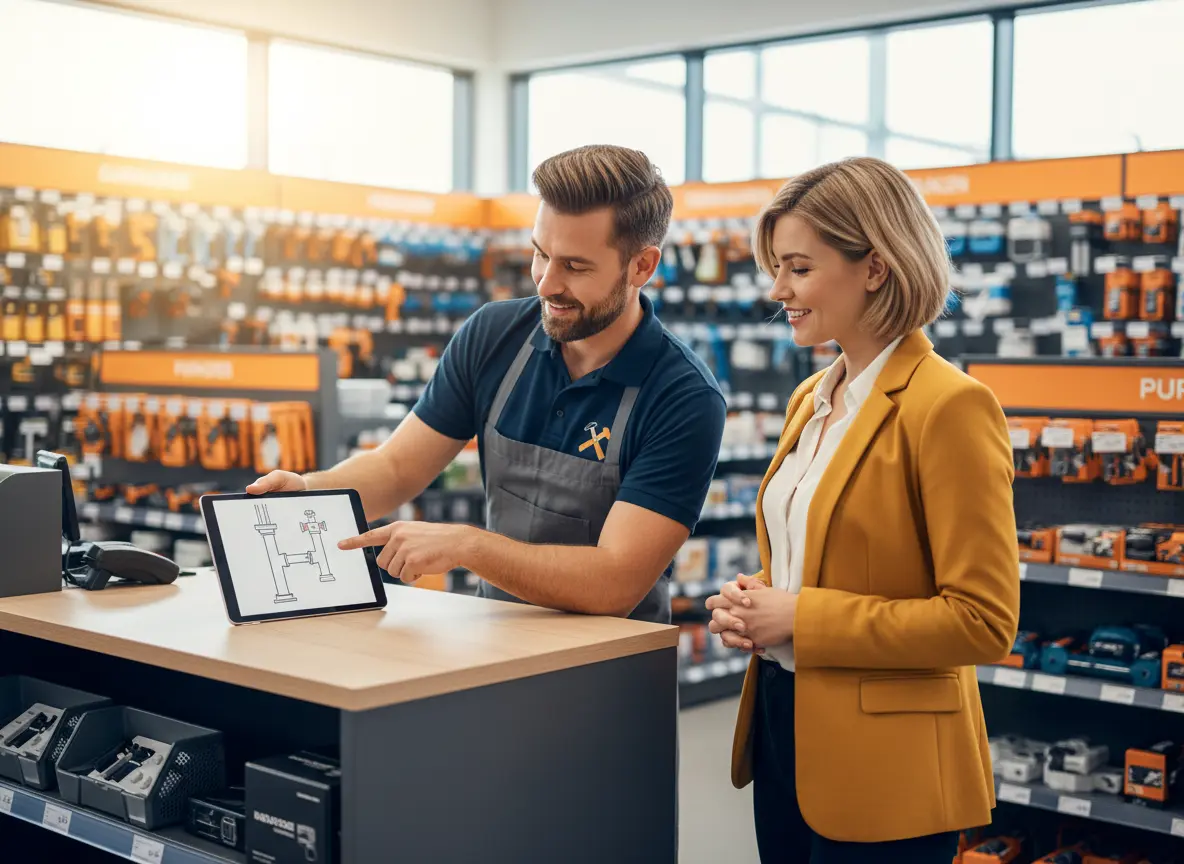Introduction: The Sound of "Just Looking"
You know the sound. It’s not the cheerful ding of the door or the satisfying cha-ching of the register. It’s the sound of… silence. It’s the sound of a potential customer walking in, making a full lap of your store in 47 seconds, and walking out after a mumbled, “Just looking, thanks.” It’s the sound of a missed opportunity. And let’s be honest, it’s a sound that makes a little piece of your retail-loving soul wither and die.
We’ve all been there. You hire someone with a great smile and a can-do attitude, throw them on the floor, and hope for the best. Some might be natural-born sellers, but most will default to the dreaded, “Can I help you find anything?”—a question scientifically engineered to elicit a “Nope!” and end all human interaction.
Building a team of great salespeople doesn’t happen by accident. It requires a framework—a repeatable, teachable system that empowers every employee, from your seasoned manager to your newest part-timer, to create genuine connections and, dare we say it, actually sell things. Forget cheesy sales tactics from the 90s. We’re talking about turning your staff into trusted advisors who make customers want to buy. Ready to transform your sales floor from a library of quiet browsing into a hub of happy commerce? Let’s dive in.
Laying the Foundation: More Than Just "Hi, Can I Help You?"
Before your team can upsell, cross-sell, or do any other fancy-hyphenated-sell, they need to master the basics. And the most basic, most crucial skill is starting a conversation that doesn’t immediately crash and burn. The foundation of great sales training isn't about scripts; it's about shifting the mindset from “clerk” to “host.”
The Art of the Approach (Without Being Creepy)
The number one goal of the initial approach is to be human. Banish "Can I help you?" from your team's vocabulary. It’s a closed question that invites a “no.” Instead, train your staff to be observant and lead with a genuine, open-ended comment. For example:
- The Product-Specific Compliment: "That’s one of my favorite jackets. The color is fantastic, isn't it?"
- The Informative Tidbit: "Welcome in! Just so you know, all our new arrivals are on this table right here."
- The Shared Experience: "I see you're looking at the hiking boots. Are you planning a trip somewhere exciting?"
The key is to make a connection based on what the customer is already doing. It shows you’re paying attention, not just pouncing on the next person to walk through the door. This turns a sales pitch into a simple, low-pressure conversation.
Product Knowledge That Actually Sells
Your team knowing that a shirt is 100% cotton is… fine. But it’s not going to sell the shirt. True product knowledge is about storytelling. It’s translating boring features into tangible benefits for the customer. According to a study by Tulip Retail, 83% of shoppers believe they are more knowledgeable than store associates. Let's fix that.
Instead of this: "This candle has a soy-wax blend and a 60-hour burn time."
Try this: "This candle is made with a clean-burning soy wax, so you won’t get any of that black soot. Plus, it lasts for over 60 hours, which is basically an entire season of your favorite show."
Actionable Tip: During your next team meeting, have each employee pick one item they love and tell its story. What problem does it solve? Who is it perfect for? Why is it better than the alternative? Making product knowledge personal and benefit-driven makes it memorable for both your staff and your customers.
Mastering the "Just Looking" Rebound
It’s going to happen. The “just looking” response is inevitable. But it shouldn't be the end of the conversation. Train your team to treat it as an acknowledgment, not a rejection. The goal is to gracefully retreat while leaving the door open for future engagement.
Here’s the magic formula: Acknowledge + Offer Value + Introduce Yourself.
"Of course, feel free to browse! Just so you know, our sale section is in the back corner with some really great deals. My name is Sarah if any questions come up."
This response is perfect. It respects the customer's space, gives them a helpful piece of information they might not have known, and provides a name, making any future interaction feel much more personal. It’s the difference between being a helpful guide and a hovering salesperson.
Consistency is Key (And Robots Don't Have Bad Days)
Let's be real. Even your best employee has an off day. They might be tired, distracted, or just plain forget to mention the 2-for-1 special on artisanal soaps. Human inconsistency is one of the biggest challenges in retail. You can have the best training in the world, but if it’s not applied to every single customer, you’re leaving money on the table.
Your 24/7 Brand Ambassador
This is where a little bit of tech can be your team's best friend. Imagine every single person who walks through your door gets a perfect, friendly greeting and is immediately informed of your most important promotion—without your staff having to break away from helping another customer. That’s the power of consistency. An in-store assistant like Stella stands at the entrance and becomes your tireless brand ambassador. She never has a bad day, never forgets the daily specials, and ensures no customer ever feels ignored.
By letting Stella handle that initial, repetitive touchpoint, you free up your human team to do what they do best: build relationships, tell compelling product stories, and close sales. She sets the stage, and your well-trained staff delivers the grand finale.
Advanced Techniques for Turning Browsers into Buyers
Once your team has nailed the fundamentals, it's time to introduce some next-level skills. These techniques, when done correctly, don't feel like "selling" at all. They feel like expert-level customer service that naturally leads to a larger, more satisfying purchase for the shopper.
The Gentle Art of the Upsell and Cross-Sell
The words "upsell" and "cross-sell" can make people cringe, picturing a fast-food employee asking if you’d like to “super-size that.” But in a specialty retail environment, it’s an art form. The secret is to frame it as a way to enhance the customer’s purchase, not just your bottom line.
- Upselling is about offering a better version: "I see you're looking at our standard mixer. For just $40 more, the pro version comes with a much more powerful motor and a 5-year warranty. Most of our serious bakers find it's worth the investment in the long run."
- Cross-selling is about offering a complementary item: "That's a beautiful dress for the wedding you mentioned. Have you thought about a wrap? We have a gorgeous pashmina in a complementary color that would be perfect for the evening."
The recommendation must be genuinely helpful. When you solve a future problem for the customer (like being cold at that wedding), they see it as great service, not a pushy sales tactic.
Asking for the Sale (Without the Ick Factor)
So your employee has built rapport, shared product knowledge, and made a great recommendation. Now what? This is where so many associates falter. They’re afraid to “ask for the sale” because it feels aggressive. It doesn't have to be.
Instead of a hard close, teach your team to use trial closes or assumptive language that gently guides the customer to a decision.
- The Assumptive Question: "Shall I wrap this one up for you?" or "Did you want to use this gift box or our standard packaging?" This assumes the sale and makes it an easy "yes."
- The "Which One" Question: "So, are we leaning more toward the blue one or the green one today?" This shifts the customer's thinking from "if" they are buying to "which" they are buying.
- The Soft Close: "So, what are your thoughts?" Follow this question with silence. It puts the ball in their court without any pressure, allowing them to voice any final concerns you can address.
The goal is simply to provide a clear and easy next step, moving the interaction toward a natural conclusion.
A Quick Reminder About Stella
As you coach your team on these nuanced sales skills, remember that you can automate the front door. While your staff is busy becoming product storytellers and expert advisors, Stella can handle the crucial first impression, greeting every shopper with a warm welcome and highlighting your key offers. This ensures a consistent, professional start to every customer's journey, every single time.
Conclusion: Time to Get to Work
Great sales teams aren't born; they're trained. By moving beyond reactive customer service and building a proactive framework focused on conversation, storytelling, and helpful guidance, you can empower your staff to become true revenue drivers. It's about building their confidence so they can build better relationships with your customers.
Don’t try to implement all of this at once. That's a recipe for overwhelming your team and yourself. Instead, pick one thing to focus on this week. Maybe it's brainstorming new opening lines or role-playing the "Just Looking" Rebound. Small, consistent efforts are what create lasting change.
Now, go forth and transform your sales floor. Your customers—and your bottom line—will thank you for it.

